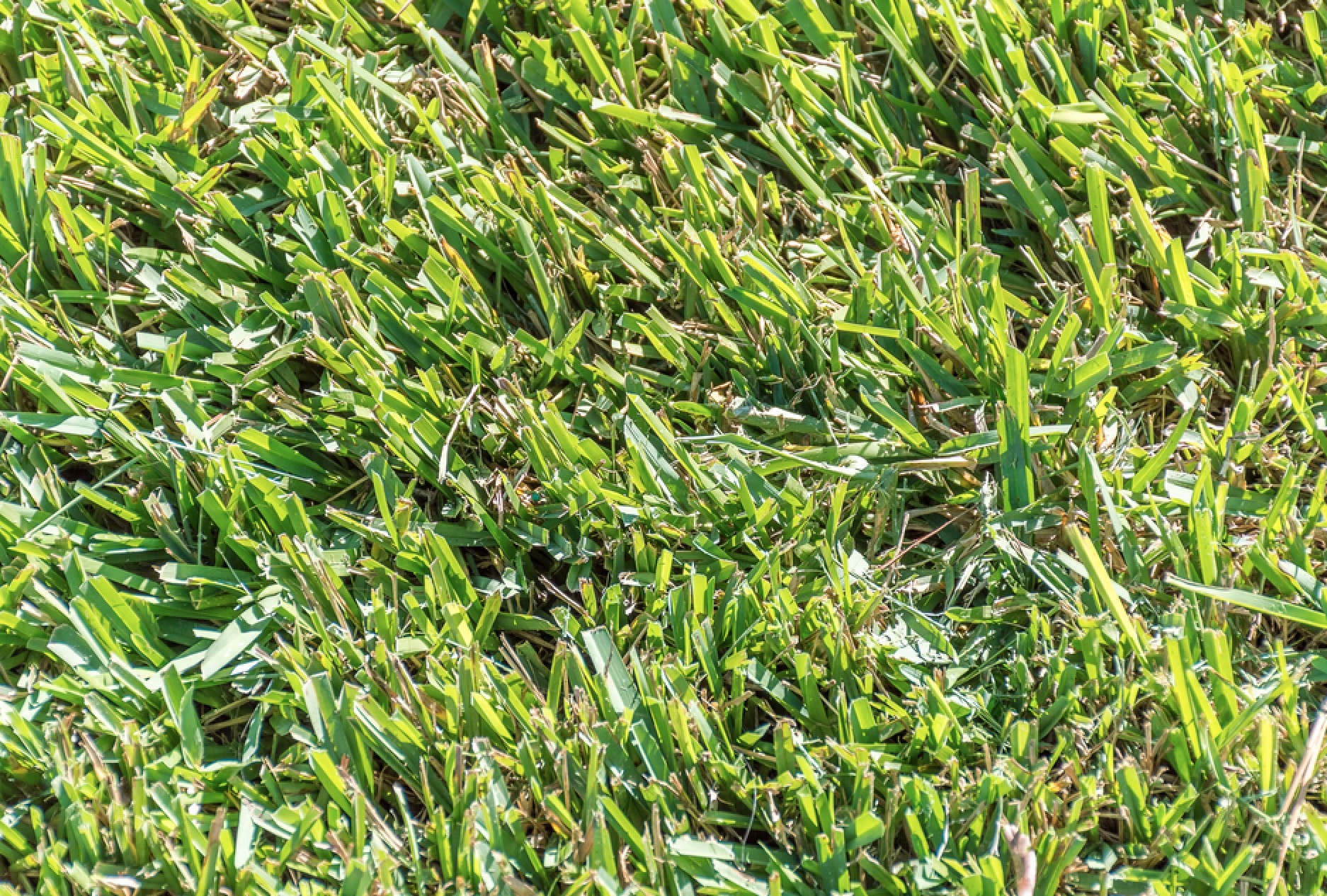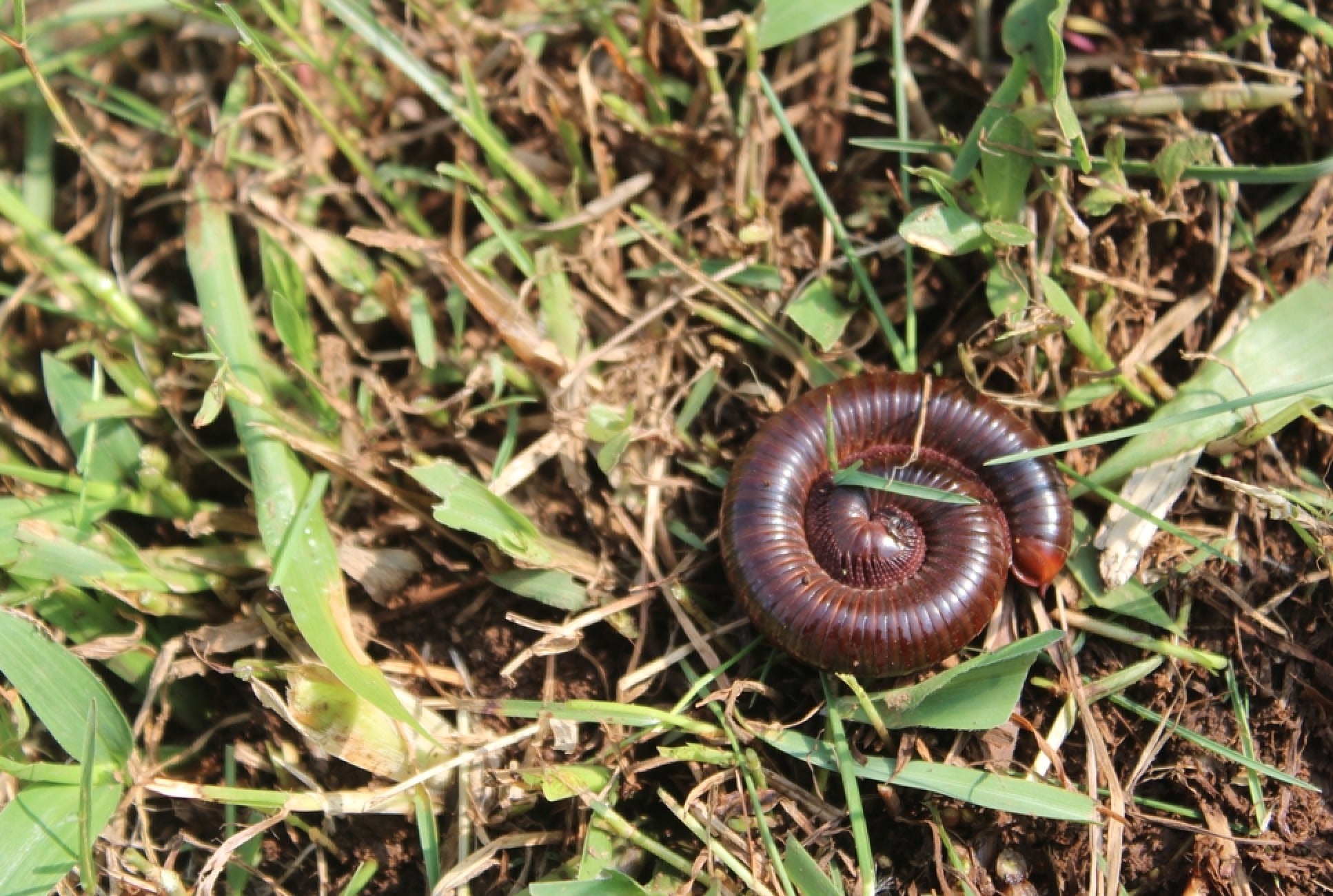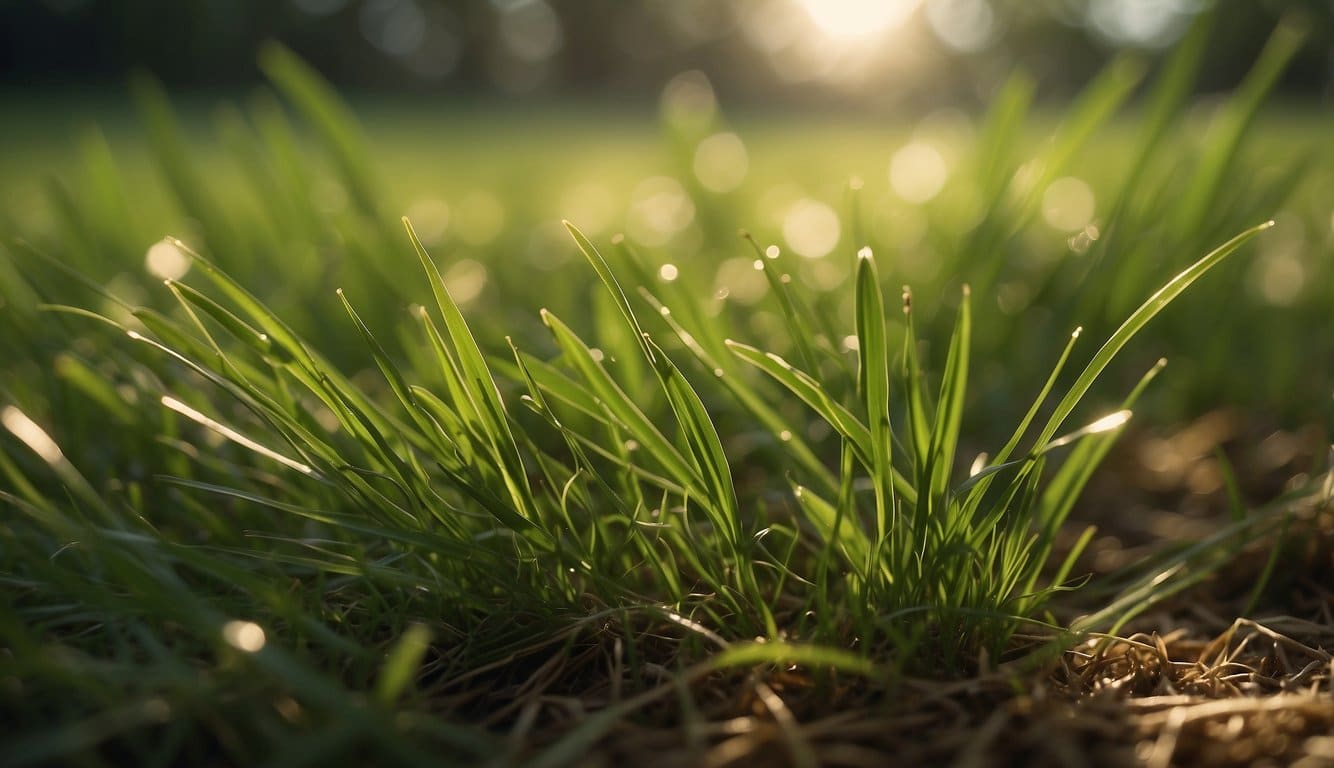| Question | Does Centipede Grass Grow in Shade? |
|---|---|
| Answer | It tolerates partial shade but thrives in full sun. |
| More Info |
|
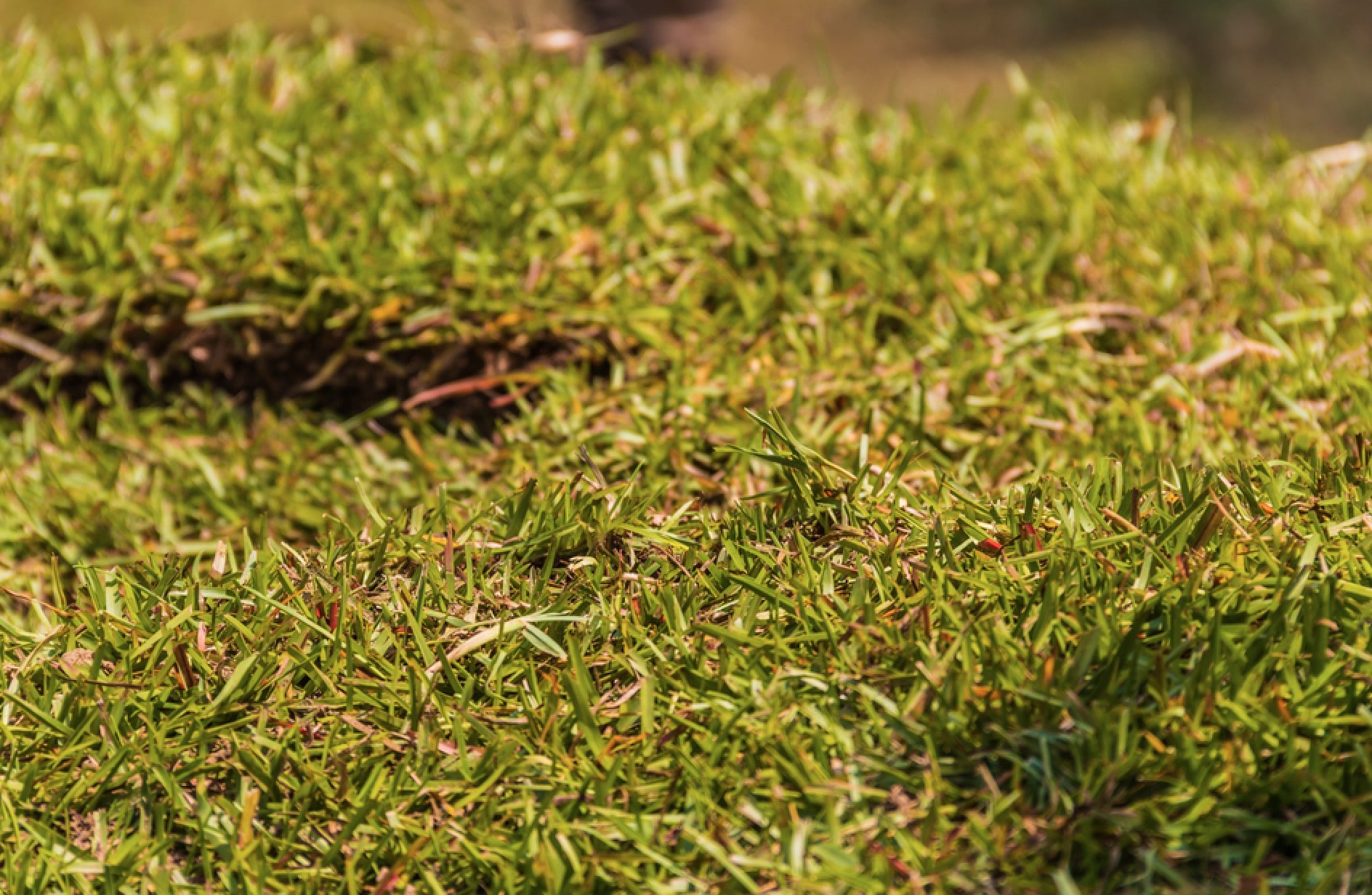
Centipede grass does tolerate some shade, but it grows best in full sun to partial shade. It’s known for its ability to adapt to a variety of conditions, including poor soil, but its growth can be significantly slower in shaded areas.
Centipede grass requires at least 4 to 6 hours of direct sunlight daily for optimal growth and health. In heavily shaded areas, it may struggle to thrive and could become thin, leading to increased susceptibility to pests and diseases.
Centipede Grass and Shade Tolerance
Centipede grass, a popular warm-season turfgrass, is recognized for its lower maintenance and minimal fertilizer requirements.
Growth in Shade Conditions
Centipede grass exhibits a moderate tolerance to shade. It performs better than some warm-season grasses in less sunny environments, but there are limits to its adaptability.
Typically, centipede grass requires about four to six hours of partial sunlight each day. While it cannot thrive in deep shade, it can sustain a healthy appearance with limited light exposure.
Comparative Shade Tolerance
When placed in the spectrum of shade tolerance among warm-season grasses, centipede grass holds a favorable position:
- More shade-tolerant: Centipede grass
- Less shade-tolerant: Bermudagrass
It is important to note that its shade tolerance pales in comparison to some grasses such as St. Augustine and Zoysia, but its easy-going nature still makes it a reasonable choice for yards with scattered shade from trees or buildings.
Maintenance Practices
For shaded centipede lawns, slight adjustments in maintenance can be beneficial:
- Mowing Height: Increase by 1/4 to 1/2 inch.
- Dethatching: Recommended when thatch exceeds 1/4 inch.
Cultivar Selection
Certain centipede grass cultivars like ‘Oaklawn’ and ‘Tennessee Hardy’ have been identified to possess better shade tolerance. Choosing the right cultivar is crucial for optimal growth in shaded conditions.
Optimal Growing Conditions for Centipede Grass
Centipede Grass thrives under certain conditions, and understanding these will help ensure a healthy, green lawn. The following subsections break down the quintessential soil composition, watering regimen, and sunlight requirements for Centipede Grass to flourish.
Soil Requirements
Centipede Grass prefers a soil type with a slightly acidic pH range between 5.0 and 6.0. Good drainage is crucial to prevent waterlogging, and the soil should generally be sandy to sandy loam, which promotes proper root growth and nutrient uptake.
- Preferred soil pH: 5.0 – 6.0
- Ideal soil type: Sandy to sandy loam
- Drainage: Well-draining
Watering Needs
This grass type is relatively drought tolerant, but for optimal growth, it should receive 1 to 1.5 inches of water per week. Overwatering can lead to shallow root systems and increase susceptibility to pests and diseases.
- Weekly water requirement: 1 – 1.5 inches
- Watering schedule: Deep and infrequent to encourage root growth
Sunlight Exposure
Centipede Grass requires full sun to partial shade for best performance. While it tolerates moderate shade, it prefers and grows best with a minimum of 4 hours of direct sunlight daily.
- Sunlight requirement: Full sun to partial shade
- Minimum daily direct sunlight: 4 hours
Challenges of Growing Centipede Grass in Shade
Centipede grass, while a robust and low maintenance turfgrass, encounters specific hurdles when grown in shaded areas. The primary concerns involve reduced capacity for photosynthesis and a heightened risk of disease.
Reduced Photosynthesis
In shaded environments, centipede grass struggles due to insufficient sunlight, which is vital for photosynthesis.
With a preference for six to seven hours of full sun daily, limited light impedes the grass’s energy production, leading to thinner growth and a less vibrant color. Growth rates plummet, as the dense, carpet-like quality of a healthy centipede lawn relies heavily on adequate sunlight.
Increased Disease Susceptibility
Shade dampens the lawn’s environment, promoting excess moisture retention. Centipede grass, with its shallow root system, becomes more susceptible to fungal diseases under these moist conditions.
The lack of direct sunlight can delay the drying of dew and rainfall, compounding the issue and potentially leading to the development of turfgrass diseases such as large patch or gray leaf spot.
Improving Shade Tolerance in Centipede Grass
Centipede grass typically thrives in sunny environments but developing its shade tolerance can increase its adaptability. By employing proper mowing practices and engaging in selective pruning, homeowners can enhance the grass’s ability to grow in less than ideal light conditions.
Proper Mowing Practices
Adjusting the mowing height of centipede grass can aid in its shade tolerance.
During periods of limited light exposure, such as under tree canopies, it’s recommended to slightly increase the mowing height. This allows the grass to develop a larger surface area for photosynthesis.
Keeping a consistent mowing schedule without cutting more than one-third of the grass blade can also prevent undue stress, aiding in healthier growth in shaded areas.
- Recommended mowing height in shade: 1 1/4 – 1 1/2 inches
- Frequency: Regularly, ensuring no more than one-third of the leaf blade is removed at once.
Selective Pruning
Increasing light penetration through selective pruning of nearby trees and shrubbery can significantly improve the shade tolerance of centipede grass.
Careful trimming of the lower limbs of overhead canopies allows more sunlight to reach the grass while also improving air circulation. This strategic pruning supports photosynthetic activity and discourages the growth of moss and other shade-loving organisms that can outcompete the grass.
- Objective: Enhance sunlight and air flow
- Method: Trim lower branches and thin foliage where practical.
Alternatives to Centipede Grass for Shady Areas
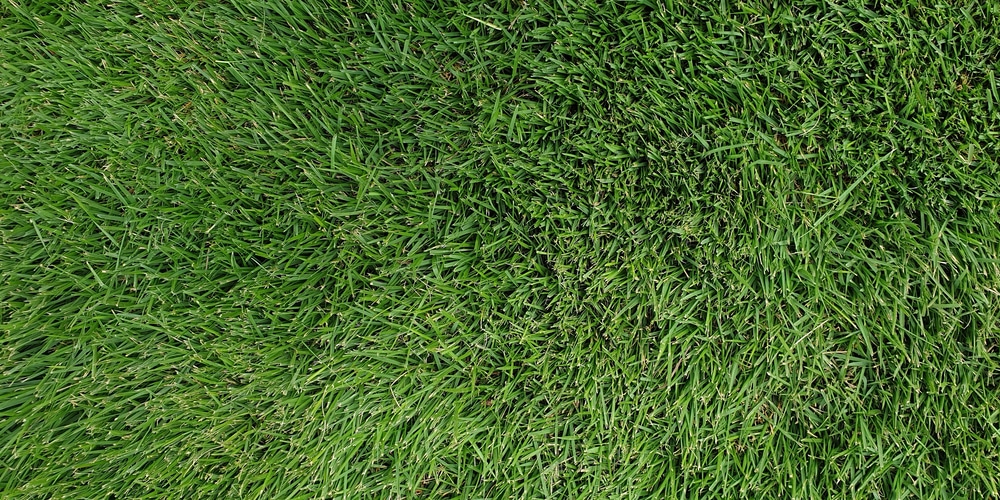
While Centipede grass is appreciated for its low maintenance, it may struggle in shaded environments. Homeowners seeking a lush lawn in areas with limited sunlight have several other grass types to consider. Here is a list of the top alternatives:
- St. Augustine: Renowned for its shade tolerance, St. Augustine grass can thrive with as little as four hours of direct sunlight per day. Notable cultivars include ‘Sapphire’, ‘Bitter Blue’, ‘Palmetto’, and ‘Seville’.
- Zoysia: This robust grass variety performs well in shade while also providing a dense and fine-textured lawn. It adapts to a variety of soil conditions and can endure light to moderate shade.
For individuals exploring grass-like options that are suitable for shaded areas, the following groundcovers can offer an attractive and viable solution:
- Pachysandra: Ideal for deep shade, pachysandra grows into a thick mat of greenery, requiring minimal upkeep.
- Periwinkle (Vinca minor): Periwinkle flourishes in shade with its evergreen leaves and can spread to form a dense cover, sporting blue-violet flowers in the spring.
Frequently Asked Questions
In this section, readers will find answers to common inquiries regarding the viability of centipede grass in shaded areas and how to optimize its growth.
How much shade can centipede grass tolerate?
Centipede grass can handle partial shade but often struggles in heavy shaded conditions. It requires about six to seven hours of full sunlight for optimal growth.
What are the best conditions for growing centipede grass from seed?
The ideal conditions for seeding centipede grass include a well-prepared soil that’s broken up finely. The soil should be free of aggregates to promote even seed distribution.
When is the optimal time to plant centipede grass seed in southern states such as Georgia and Florida?
The optimal planting time for centipede grass seed in southern states typically falls in late spring to early summer, when soil temperatures are consistently above 70°F.
What strategies can be employed to encourage centipede grass to spread?
Encouraging centipede grass to spread can be achieved by maintaining a mowing height of 1.5 to 2.5 inches and ensuring proper fertilization and watering practices.
What alternatives to centipede grass are recommended for shady areas?
For areas with considerable shade, alternatives to centipede grass include St. Augustine, zoysia, and fine fescues. These options are more shade-tolerant.
How does tree cover affect the growth of centipede grass?
Tree cover can significantly reduce the amount of sunlight reaching the grass, thus impeding the growth of centipede grass.
It’s important to trim tree branches to maximize light penetration when possible.
Last update on 2025-04-04 / Affiliate links / Images from Amazon Product Advertising API


